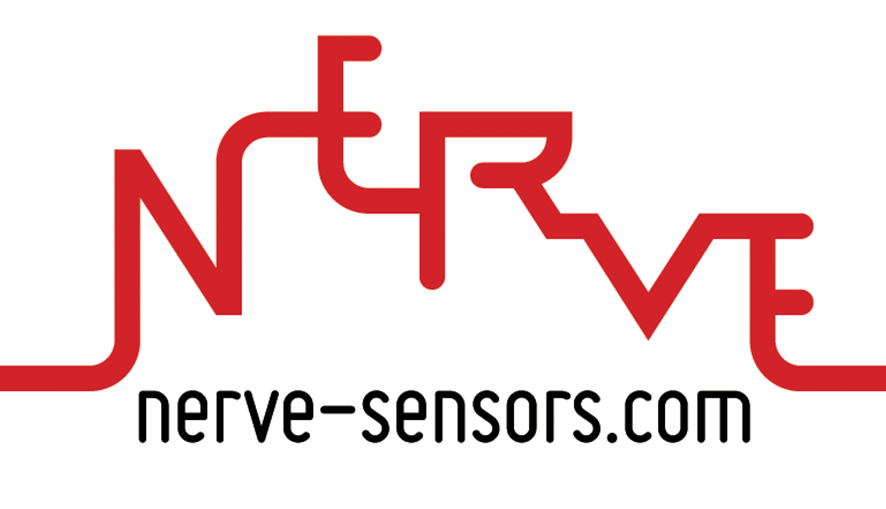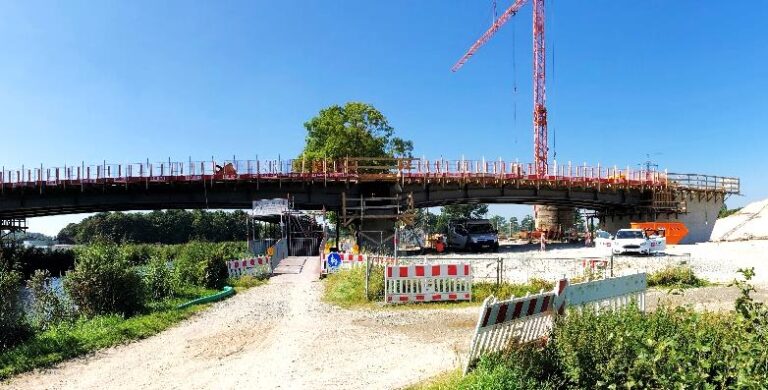High-speed railway line: static and dynamic distributed measurements
This project is the world’s first use of a composite sensor called EpsilonFlat, which is the modified version of the circular EpsilonSensor. Thanks to its flat rectangular cross-section with no outer braid, it could be conveniently glued on flat surfaces, e.g. steel rails. Each sensor was equipped with 4 optical fibres to allow simultaneous readings with different data loggers. What is more, top and bottom sections were installed over 1,100 m to enable the curvature and displacement calculations.
DFOS Sensors Installed: EpsilonFlat
Project challenges
Benefits of using the DFOS monitoring system
Results of using the DFOS monitoring system
The project in question is the first of its kind in Poland and probably also in the world. More than 2,200 m of sensing path is read simultaneously using different data loggers (Rayleigh, Brillouin and Raman) to obtain comprehensive data on strains, temperatures, curvatures, displacements and vibrations. The system will provide knowledge about the long-term performance of the railway line (including thermal compensation) and also during dynamic tests aimed at allowing high-speed trains. Comprehensive DFOS-based data supported by an automatic inclinometer system will be the basis for the expert’s technical assessment and decision.
Technical specifications
Example results
Recomendations (optional)
Lorem ipsum dolor sit amet, consectetur adipiscing elit, sed do eiusmod tempor incididunt ut labore et dolore magna aliqua. Ut enim ad minim veniam, quis nostrud exercitation ullamco laboris nisi ut aliquip ex ea commodo consequat.
John Doe









